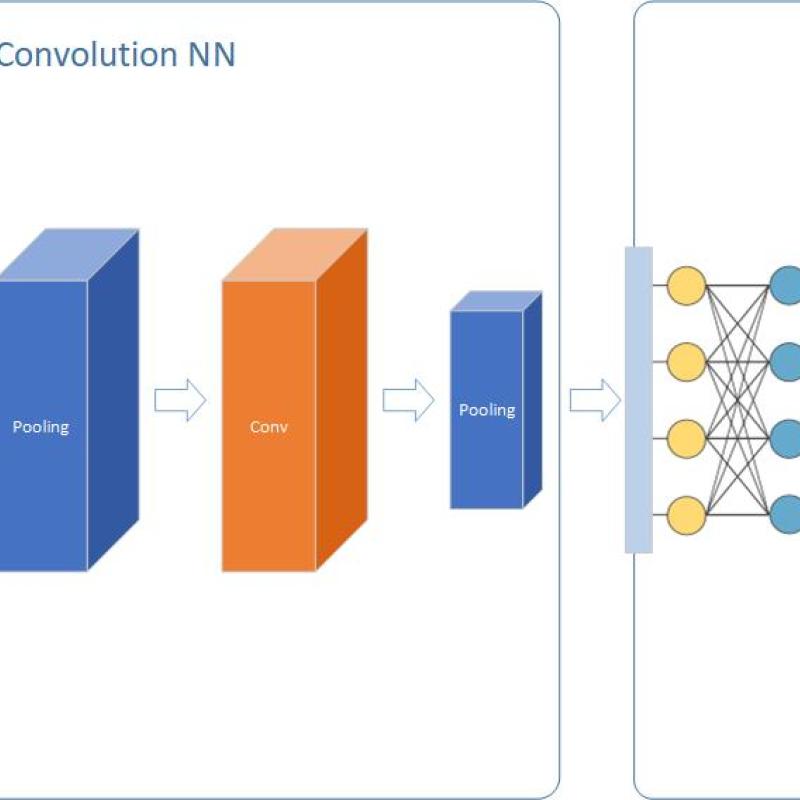Deep Neural Networks for (Multi-Scale) Geographical Modeling

A good command of Python programming language is needed to implement this research successfully.
Staff Involved: Mahdi Farnaghi, Raul Zurita Milla, Mahdi Khodadadzadeh
Deep Neural Networks (DNN) is considered as a panacea for different problems in several application areas. But what about spatial modeling? In this MSc topic, you will explore the possibility of using Deep Neural Networks for modeling multi-scale spatial effects. You will work with Convolutional Neural Networks (ConvNet) and investigate their pros and cons compared to conventional spatial modeling methods. If possible, you will also explore the possibility of using ConvNets for Multi-Scale Geographic Modeling.
Keywords
Spatial Analysis, Deep Learning, ConvNet, spatial modeling, Multi-scale, Python
Description
Conventionally, in the Geo-information community, we try to model the relationship between a phenomenon of interest (e.g., air pollution, crime rate, and disease spread) and its predictors, using models that can deal with the spatial aspect of the problem. In particular, we use Spatial Autoregressive (SAR) models when we observe the spatial autocorrelation effect in the data. In parallel, we apply geographically weighted regression (GWR) to model the relationships between the dependent and independent variables locally and in the existence of spatial nonstationarity.
Although GWR and SAR are great tools for spatial modeling, they cannot address the complex nonlinear relationships between the dependent and independent variables. As linear regression methods, both GWR and SAR do not consider the complicated interactions between the variables in space. Additionally, GWR and SAR's solution for modeling the neighborhood using a weight matrix is dubious and has been considered oversimplified by different researchers.
In recent years, Deep Neural Network (DNN), as a prominent branch of Machine Learning algorithms, has proved its functionality for modeling complicated, nonlinear problems in various fields, including computer vision, speech recognition, natural language processing, and recommender systems, to name a few. A particular type of DNN, named Convolutional Neural Network (ConvNet), can consider the neighborhood of a feature using convolutional and pooling layers and seems to be a proper means for modeling spatial effects.
In this MSc research, you will 1) review the literature around the utilization of DNN for spatial modeling, 2) get familiar with different DNN methods with the main focus on ConvNet, 3) develop a ConvNet model that can address spatial effects (and if possible multi-scale spatial effects) in a selected case-study, 4) compare the outputs with GWR and SAR, and 5) discuss the pros and cons of using DNN and ConvNet for spatial modeling.
In addition to the above, if possible, you will explore the possibility of considering the multi-scale spatial effect through ConvNets. In this context, the modeling power of ConvNets should be compared with those of Multiscale Geographically Weighted Regression (MGWR).
Case study
In addition to the open-source datasets, e.g., related to house prices, a couple of exciting datasets are available in GIP for this MSc topic.
- A dataset of tick sampling across multiple locations in the Netherlands
- A collection of volunteered phenological observations that report the timing of recurring biological events like leafing and flowering
- A dataset of Air Pollution data collected from Air Pollution monitoring stations in Tehran
Required skill
Knowledge of Python or R programming languages will be helpful for this MSc topic.
Ghaemi, Z., Alimohammadi, A. & Farnaghi, M. LaSVM-based big data learning system for dynamic prediction of air pollution in Tehran. Environ Monit Assess 190, 300 (2018). https://doi.org/10.1007/s10661-018-6659-6
Hartemink N, van Vliet A, Sprong H, Jacobs F, Garcia-Martí I, Zurita-Milla R, Takken W. Temporal-Spatial Variation in Questing Tick Activity in the Netherlands: The Effect of Climatic and Habitat Factors. Vector Borne Zoonotic Dis. 2019 Jul;19(7):494-505. https://pubmed.ncbi.nlm.nih.gov/30810501/.
Fotheringham, A. S., Yang, W., and Kang, W. (2017). Multiscale Geographically Weighted Regression (MGWR). Annals of the American Association of Geographers, 107(6), 1247-1265, https://doi.org/10.1080/24694452.2017.1352480.
Zhenhong Du, Zhongyi Wang, Sensen Wu, Feng Zhang & Renyi Liu (2020) Geographically neural network weighted regression for the accurate estimation of spatial nonstationarity, International Journal of Geographical Information Science, 34:7, 1353-1377, DOI: 10.1080/13658816.2019.1707834
